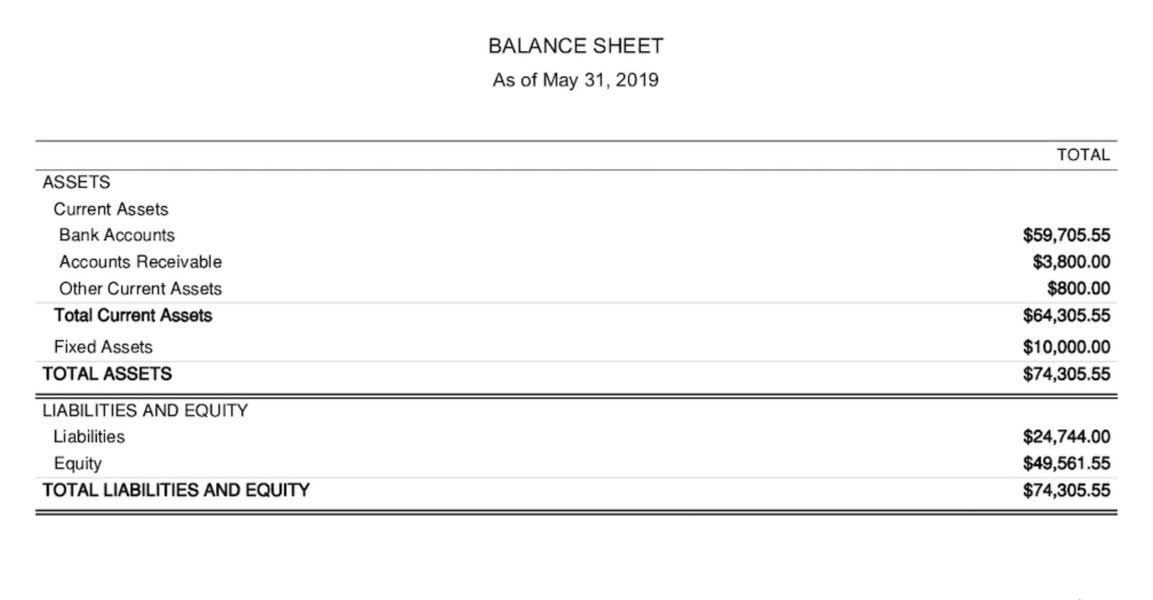
Therefore, the level of debt financing must be at an acceptable level and should not exceed the point which exposes an organization to unacceptably high financial risk as might be reflected in a low interest cover. The times interest earned ratio is calculated by dividing income before interest and income taxes by the interest expense. The times interest earned ratio measures the ability of an organization to pay its debt obligations.
- A TIE ratio of 1.5 or higher is considered to be healthy, indicating that the company is generating enough income to meet its interest payments.
- The Times Interest Earned (Cash Basis) (TIE-CB) ratio is very similar to the Times Interest Earned Ratio.
- An interest cover of 2 implies that the entity has sufficient profitability to bear twice the amount of its current finance cost.
- Further, the company paid interest at an effective rate of 3.5% on an average debt of $25 million along with taxes of $1.5 million.
- Let us take the example of a company that is engaged in the business of food store retail.
- If other firms operating in this industry see TIE-CB multiples that are, on average, lower than Ben’s, we can conclude that Ben’s is doing a relatively better job of managing its financial leverage.
But once a company’s TIE ratio dips below 2.0x, it could be a cause for concern – especially if it’s well below the historical range, as this potentially points towards more significant issues. Revenue and profit might be earned, since accrual principle is applied, however the business might have not enough cash to pay interest when it is due. Therefore Times Interest Earned Ratio should be analyzed together with Cash flow statement of the business. On the other side, it is essential to bear in mind, that EBIT is highly impacted by accounting standards and principles applied.
Examples of Times Interest Earned Ratio Formula (With Excel Template)
This indicates that Harry’s is managing its creditworthiness well, as it is continually able to increase its profitability without taking on additional debt. If Harry’s needs to fund a major project to expand its business, it can viably consider financing it with debt rather than equity. As a rule, companies that generate consistent annual earnings are likely to carry more debt as a percentage of total capitalization. If a lender sees a history of generating consistent earnings, the firm will be considered a better credit risk.
If other firms operating in this industry see TIE-CB multiples that are, on average, lower than Ben’s, we can conclude that Ben’s is doing a relatively better job of managing its financial leverage. Creditors are more likely to extend further credit to Ben’s, over its competitors, if needed. Here, we see that Ben’s TIE-CB slowly increases year over year, up to 41.11x interest in 2018. This would generally be a good indicator of financial health, as it means that Ben’s has enough cash to pay the interest on its debt. If Ben were to apply for more loans, he likely has a good chance of securing further financing, as there is a relatively low probability of default.
How to calculate the Times Interest Earned Ratio (Cash Basis)
Since these interest payments are usually made on a long-term basis, they are often treated as an ongoing, fixed expense. As with most fixed expenses, if the company can’t make the payments, it could go bankrupt and cease to exist. The times interest earned ratio, sometimes called the interest coverage ratio, is a coverage ratio that measures the proportionate amount of income that can be used to cover interest expenses in the future. To better understand the financial times interest earned ratio formula accounting health of the business, the ratio should be computed for a number of companies that operate in the same industry. If other firms operating in this industry see TIE multiples that are, on average, lower than Harry’s, we can conclude that Harry’s is doing a relatively better job of managing its degree of financial leverage. In turn, creditors are more likely to lend more money to Harry’s, as the company represents a comparably safe investment within the bagel industry.
Earnings Before Interest and Taxes (EBIT): Formula and Example – Investopedia
Earnings Before Interest and Taxes (EBIT): Formula and Example.
Posted: Tue, 09 May 2023 07:00:00 GMT [source]
Let us take the example of Apple Inc. to illustrate the computation of Times interest earned ratio. As per the annual report of 2018, the company registered an operating income of $70.90 billion while incurring an interest expense of $3.24 billion during the period. Conceptually identical to the interest coverage ratio, the TIE ratio formula consists of dividing the company’s EBIT by the total interest expense on all debt securities. It is important to understand the concept of “Times interest earned ratio” as it is one of the predominantly financial metrics used to assess the financial health of a company. In case a company fails to meet its interest obligations, it is reported as an act of default and this could manifest into bankruptcy in some cases.
Times Interest Earned Ratio Calculator (TIE)
The reverse situation can also be true, where the ratio is quite low, even though a borrower actually has significant positive cash flows. Otherwise known as the interest coverage ratio, the TIE ratio helps measure the credit health of a borrower. As a general rule of thumb, the higher the times interest earned ratio, the more capable the company is at paying off its interest expense on time.